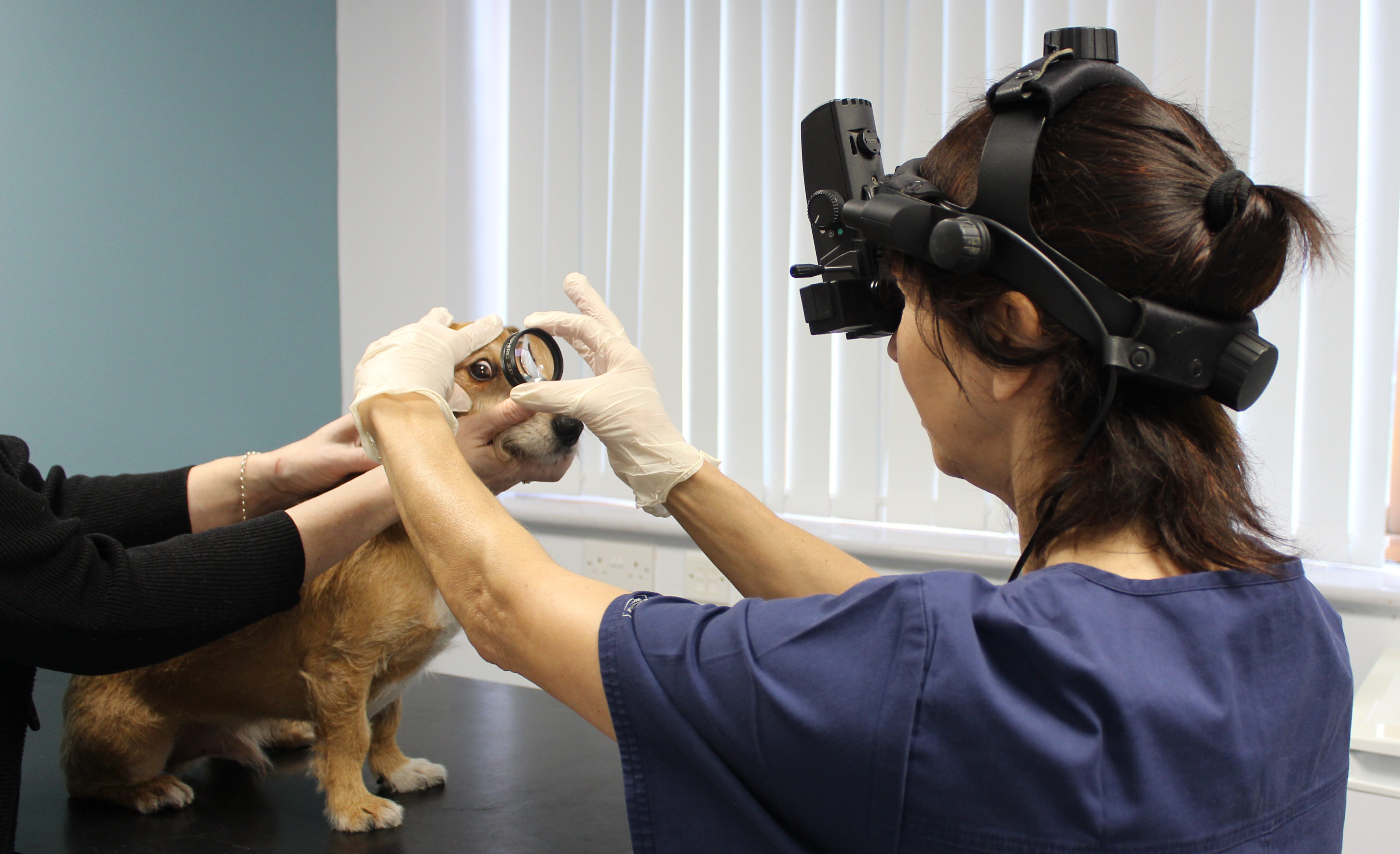News
Spotlight on anaesthesia
30th November 2021
We are very fortunate to have such a talented and hard-working team of anaesthetists, led by European Specialist, Karla Borland. Through their knowledge and experience in analgesia and critical care, they ensure that we have the highest standards of anaesthetic safety and patient care.
Please feel free to make use of their expertise if you need it; they are happy to promptly respond to advice queries.

PICTURED LEFT TO RIGHT: MARK ARMOUR, RESIDENT IN ANAESTHESIA AND ANALGESIA; ALICIA MANZANO, ANAESTHESIA INTERN; JOANNE MICHOU, RCVS AND EUROPEAN SPECIALIST IN VETERINARY ANAESTHESIA AND ANALGESIA; MARTINA CAMBRUZZI, BOARD ELIGIBLE CLINICAL ANAESTHETIST; LUCY CARTER, ANAESTHESIA INTERN; KARLA BORLAND, EBVS® EUROPEAN SPECIALIST IN VETERINARY ANAESTHESIA AND ANALGESIA; KATE WALTERS, BOARD ELIGIBLE CLINICAL ANAESTHETIST; MARIA CHIE NIIMURA DEL BARRIO, RCVS SPECIALIST IN ANAESTHESIA AND ANALGESIA
Clinical Q&A – Anaesthesia
with Karla Borland and Ana Arcanjo MRCVS, veterinary surgeon at Pet Doctors in Guildford
Ana: We have now been using medetomidine alongside opiods as a pre-med due to its sedative and analgesic properties. However the dose range is very wide, so what range of dose of medetomidine is the most indicated, depending on the situation?
Karla: It’s difficult to have a precise dose for medetomidine or dexmedetomidine as it will depend on the temperament of the patient, the health status and the procedure that will be performed. When administering IV prior to eg a spay in a young healthy dog I would normally give 5mcg/kg IV and would be happy to repeat this dose if the level of sedation is inadequate. For nervous dogs that may bite and require an intramuscular injection I might use 10mcg/kg in combination with eg methadone, ketamine and midazolam.
Ana: What is your opinion about co-induction technique? For example, the use of midazolam in combination with propofol?
Karla: The co-induction technique can be very useful in order to minimise the amount of induction agent given. However, the most important thing is giving your induction agent slowly and waiting for an appropriate effect. I will often wait two minutes after giving eg 1mg/kg propofol, while preoxygenating with a mask. If you do add midazolam it can be useful to give a small bolus of propofol first, eg 0.5mg/kg IV, before giving midazolam in order to minimise any excitement, before giving the rest of the propofol to effect. Other co-induction drugs include ketamine and lidocaine.
Ana: What is your opinion about glycopyrrolate vs atropine in patients who are severely bradycardic?
Karla: The first question I would ask is why the patient is bradycardic? If the bradycardia is secondary to administration of an alpha 2 agonist then the bradycardia will be a reflex bradycardia ie an initial vasoconstriction is followed by an increase in blood pressure and a compensatory bradycardia. In this case administering an anti-cholinergic agent will increase the heart rate but the heart will be beating at a faster rate against an increased resistance, due to the vasoconstriction. In healthy dogs I tend to check the blood pressure and the pulse rate and quality. If all are appropriate then I normally won’t administer an anti-cholinergic agent such as atropine or glycopyrrolate. However, if the blood pressure is low and the heart rate is low it is appropriate to give atropine or glycopyrrolate. If a very rapid effect is required, for example in an emergency, I would use atropine but otherwise glycopyrrolate is my drug of choice.
Ana: When it comes to brachycephalic breeds what protocols work better in patients who an intravenous catheter cannot be placed?
Karla: Brachycephalic breeds are always a challenge! If an intravenous cannula cannot be placed then an IM sedation combining several drugs is useful. The aim is to minimise the side effects of any one drug by using lower doses of several medications. The combination could include acepromazine (5-10mcg/kg), dexmedetomidine (5mcg/kg) or medetomidine (10mcg/kg) and butorphanol or methadone (0.2mg/kg). All drugs can be combined in one syringe. A quiet and calm environment for the dog is essential and the provision of oxygen, ideally via face mask, should be initiated as soon as possible.
Ana: Should anti-acids and anti-emetics be part of the anaesthesia protocol in brachycephalic breeds?
Karla: Regurgitation is common in brachycephalic breeds, which carries a risk of aspiration. Anti-emetics may reduce nausea and proton pump inhibitors eg omeprazole can help reduce the risk of oesophagitis should regurgitation occur. Both are part of our BOAS protocol prior to general anaesthesia. In cases with a prior history of regurgitation and in French Bulldogs a metoclopramide infusion can also be used. Suction should be set up prior to induction to minimise the risk of aspiration should the dog regurgitate during anaesthesia.
Back to news & events





